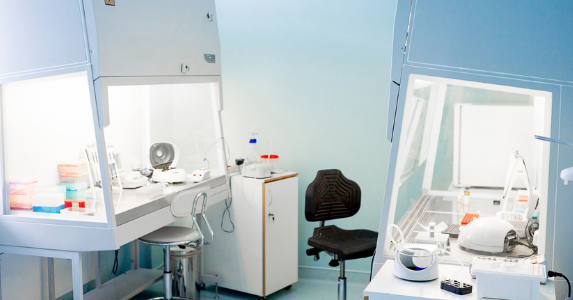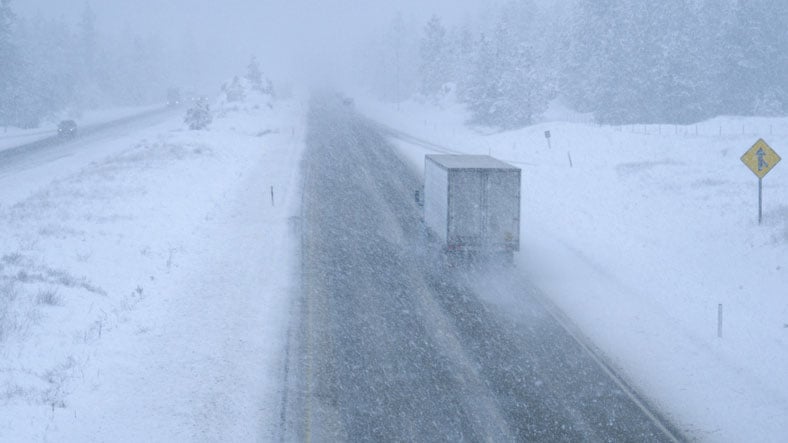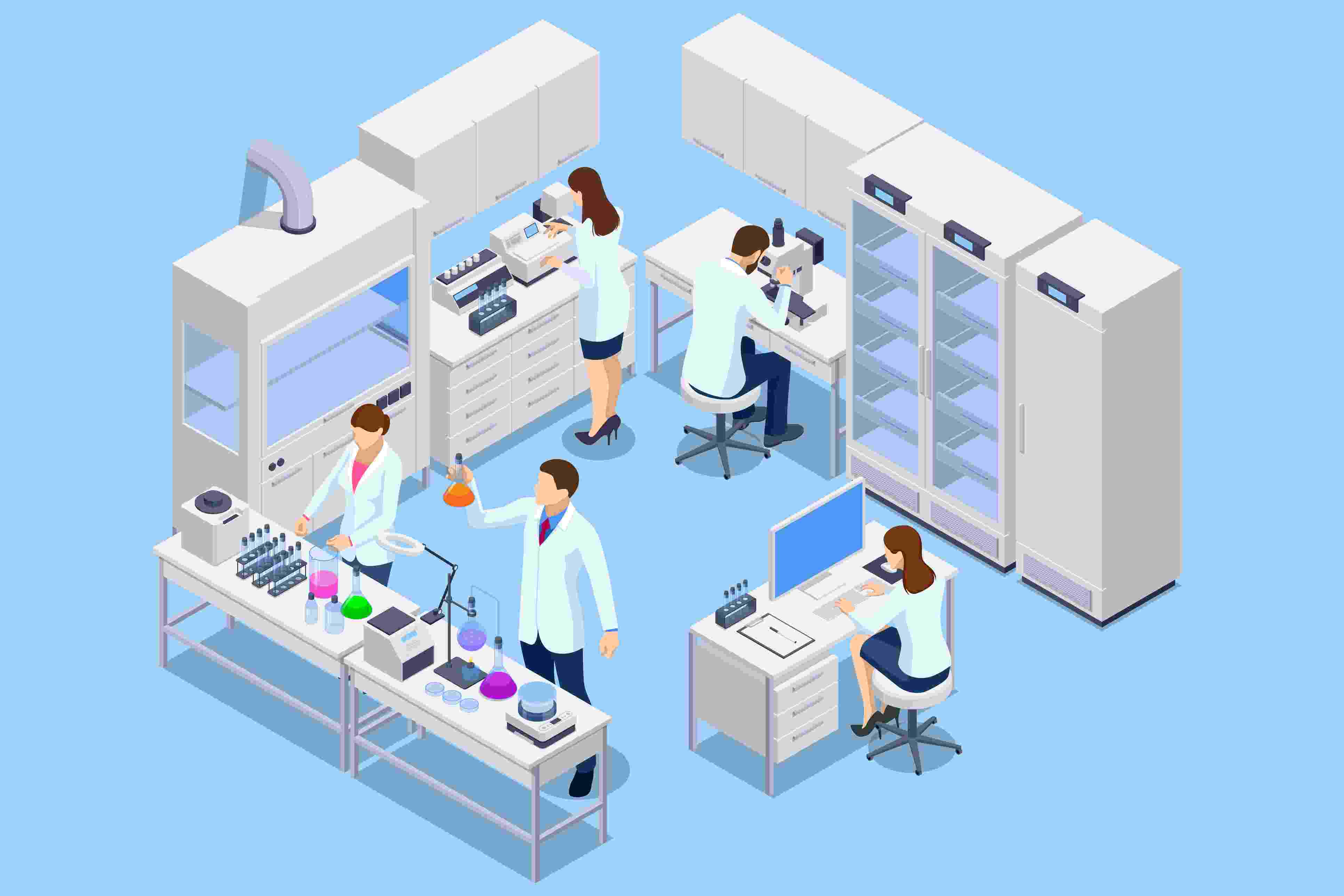Common Sources of BSC Contamination to Watch Out For
Often, BSC contamination is preventable and stems from poor procedures, lack of training among laboratory personnel, or poorly designed spaces. Some examples of common sources of contamination include:
- Spills
- Mislabeled materials
- Cross-contamination
- Poor cell culture management
- Dirty work environment
- Unclean lab coat, hands, or gloves
.png?width=500&name=Training%20Styles%20Graphic%20(4).png)
Although many contaminants can be prevented through regular cleaning, there are circumstances under which a full gas decontamination of your BSC is required. If you are relocating, disposing of, or salvaging a BSC, it is important to complete a gas decontamination to prevent any contamination coming out while it is being moved. Additionally, decontamination is necessary after a large spill that cannot be managed by regular cleaning, as well as prior to maintenance, filter changes, or performance tests. Gas decontamination should not be completed by lab personnel, rather by a specialist with the proper PPE, training, and expertise to perform the decontamination safely and effectively.
Triumvirate Environmental's approach to gas decontamination uses chlorine dioxide, a validated and approved solution by NSF/ANSI Standard 49. Chlorine dioxide is a "true gas," which eliminates any condensation issues. Our team of experts will assess your BSC to identify materials used inside to ensure that our method of decontamination will be effective, fast, and safe. To learn more about Triumvirate Environmental's BSC decontamination and certification services, click below to view our on-demand webinar, Biological Safety Cabinets: Compliance, Decontamination & Certification, or call us at 866-706-8350 to schedule a BSC maintenance routine.






